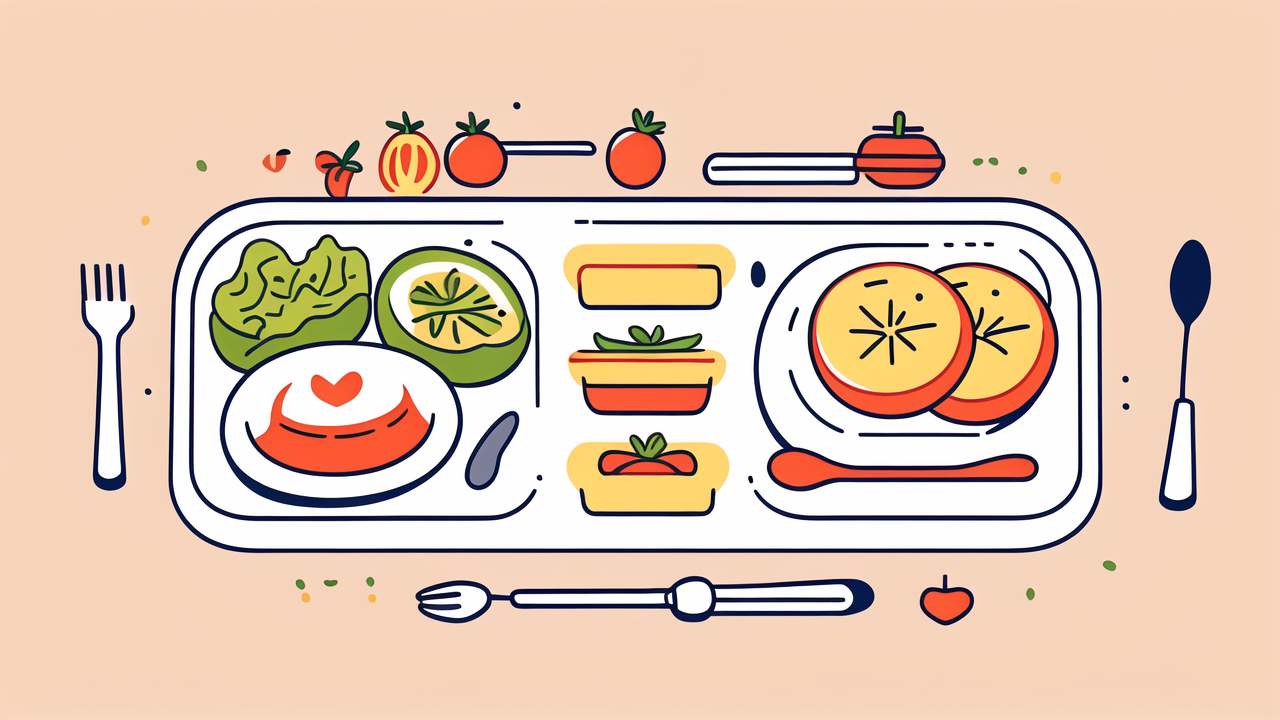
Why Every Parent Needs a Child's Divided Plate in Their Kitchen
The Essential Guide to Choosing the Perfect Baby Sleeping Bag
Understanding the Basics of Baby Sleeping Bags
Baby sleeping bags are a safe and cozy alternative to loose blankets. They keep your baby warm and secure throughout the night. These wearable blankets come in various styles and sizes. They're designed to fit snugly around your baby's body. This prevents them from slipping down over your baby's head.

Baby sleeping bags have different features to suit various needs. Some have sleeves, while others are sleeveless. The sleeveless ones are great for warmer weather. Sleeved bags are perfect for colder nights. Most bags have zippers for easy diaper changes. Some even have special openings for car seat straps.
How to Determine the Right Size and Style for Your Baby
Choosing the right size is crucial for your baby's comfort and safety. Most brands offer sizes based on age and weight. However, it's best to measure your baby's height. This ensures a proper fit. The sleeping bag should be snug around the neck and arms. But it should be loose enough around the legs for free movement.
Style-wise, consider your climate and your baby's preferences. If you live in a warm area, opt for a lightweight, breathable bag. For colder regions, choose a thicker, insulated option. Some babies prefer arms-in designs, while others like arms-out styles. It may take some trial and error to find the perfect fit for your little one.
The Importance of Material and Safety Features
The material of your baby's sleeping bag is crucial for comfort and safety. Look for natural, breathable fabrics like cotton or bamboo. These materials help regulate your baby's temperature. They also reduce the risk of overheating. Avoid synthetic materials that may cause sweating or skin irritation.
Safety features are equally important. Check for robust zippers that won't break easily. Ensure there are no loose threads or small parts that could pose a choking hazard. Some bags come with anti-roll features. These prevent your baby from rolling onto their tummy while sleeping. Always choose sleeping bags that meet safety standards in your country.
Maximizing Your Child's Sleep with the Right Bedding
The Role of Comfort and Safety in Baby Sleeping Bags
Comfort is key to a good night's sleep for your baby. A well-fitted sleeping bag provides a cozy, womb-like environment. This can help your baby feel secure and sleep better. The consistent temperature in a sleeping bag also promotes deeper sleep. Your baby won't wake up cold because they've kicked off their blankets.

Safety is equally crucial. Loose bedding can pose suffocation risks for babies. Sleeping bags eliminate this danger. They keep your baby's face and head uncovered. This reduces the risk of overheating and SIDS. A properly fitted sleeping bag also prevents your baby from slipping down inside the bag.
Choosing the Best Materials for Your Baby's Sleeping Environment
When it comes to your baby's sleep environment, natural materials are best. Cotton is a popular choice for its softness and breathability. Bamboo is another excellent option. It's naturally antibacterial and moisture-wicking. Wool is great for temperature regulation, keeping babies warm in winter and cool in summer.
Avoid materials with harsh chemicals or treatments. Look for organic options when possible. These are free from pesticides and other harmful substances. Some babies have sensitive skin, so hypoallergenic materials are a good choice. Always wash new bedding before use to remove any manufacturing residues.
Tips on Setting Up a Cozy and Safe Sleep Space for Kids
Creating a safe sleep space goes beyond choosing the right sleeping bag. Keep the room temperature between 68-72°F (20-22°C). Use a firm mattress with a fitted sheet. Avoid pillows, stuffed toys, and bumpers in the crib. These can pose suffocation risks. A white noise machine can help create a soothing environment.
Establish a consistent bedtime routine. This helps signal to your baby that it's time to sleep. A warm bath, gentle massage, or quiet story can be part of this routine. Make sure the room is dark. Use blackout curtains if needed. A dim night light can provide comfort without disrupting sleep.
Beyond the Crib: Why Your Child's Divided Plate Matters
The Impact of Nutrition and Mealtime Habits
Good nutrition is crucial for your child's growth and development. Mealtime habits formed in early childhood can last a lifetime. A divided plate can help introduce a variety of foods. It makes it easier to offer balanced meals with different food groups. This approach encourages healthy eating habits from an early age.

Consistent mealtime routines are important for children. They provide structure and predictability. A divided plate can be part of this routine. It helps children understand portion sizes and food variety. Regular, balanced meals support healthy growth and energy levels. They also contribute to better sleep patterns, which is crucial for overall health.
How a Divided Plate Can Encourage Healthy Eating
A divided plate naturally encourages a balanced diet. Each section can represent a different food group. This visual cue helps children understand the concept of balanced eating. It makes it easier for parents to offer a variety of foods at each meal. Children are more likely to try new foods when they're presented separately.
The divisions also help with portion control. It's easier to serve appropriate amounts for each food type. This can prevent overeating and promote healthier eating habits. The separate sections also keep foods from touching. This is important for many children who don't like their foods mixed together.
The Psychological Benefits of a Child's Own Plate
Having their own special plate can give children a sense of independence. It makes them feel grown-up and important. This can encourage them to participate more in mealtimes. Children often enjoy having control over their eating experience. A divided plate allows them to choose which foods to eat first.
A child's own plate can also make mealtimes more fun and engaging. Many divided plates come in bright colors or feature fun designs. This can make eating more enjoyable for kids. It can turn mealtimes into a positive experience rather than a chore. This positive association with food can lead to healthier eating habits in the long run.
